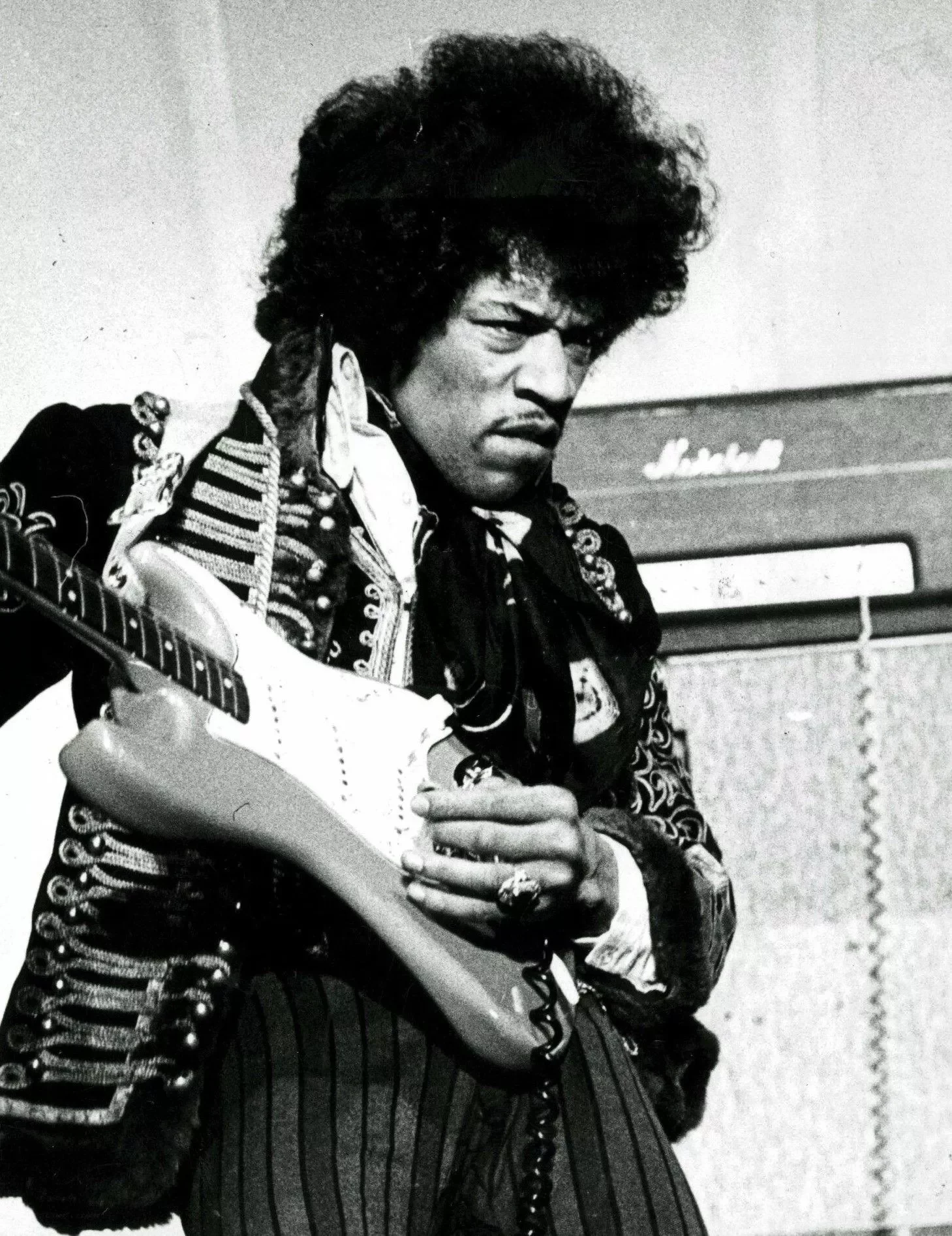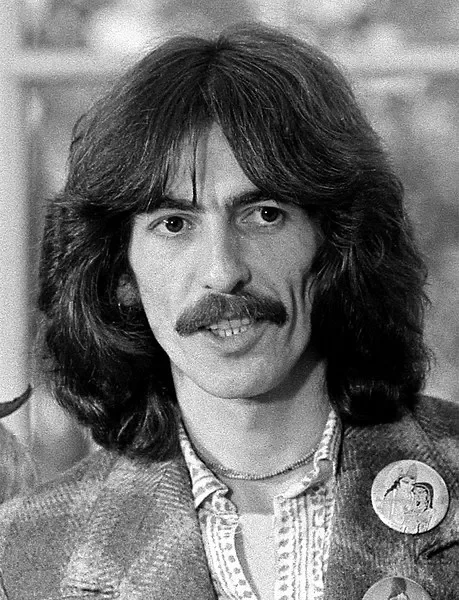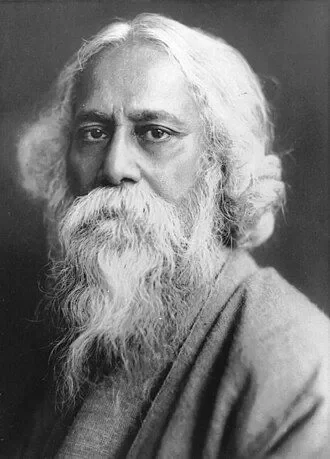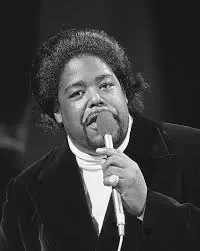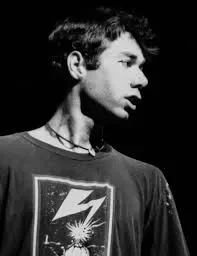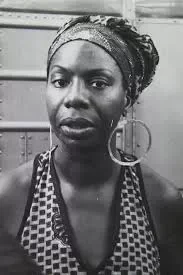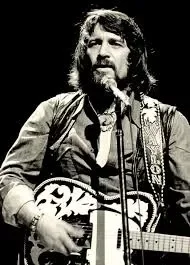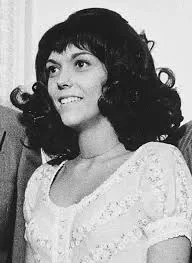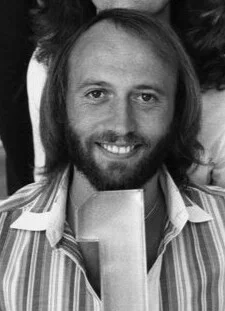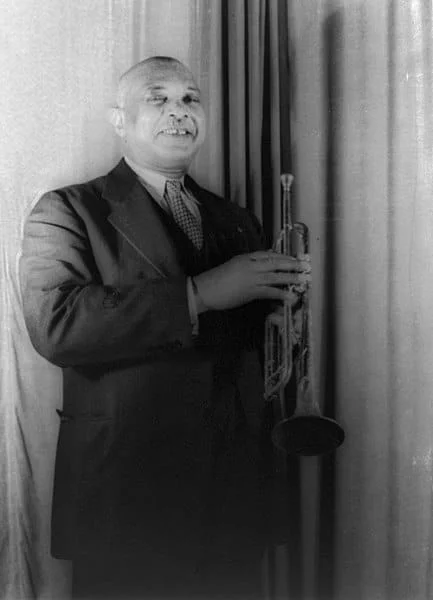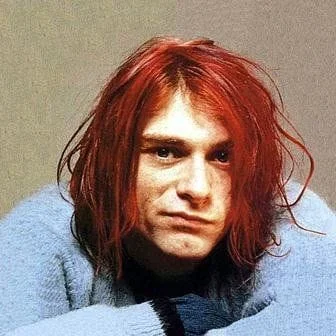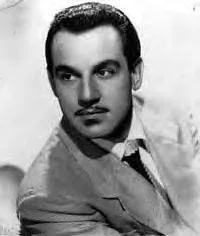Real Celebrities Never Die!
OR
Search For Past Celebrities Whose Birthday You Share
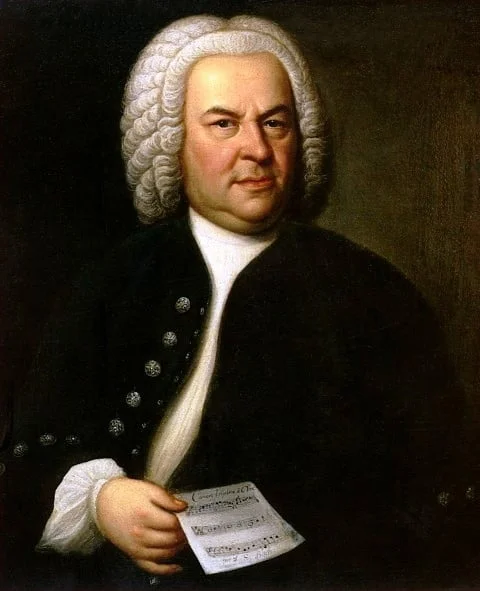
source:wikipedia.org
J S Bach
Birthday:
31 Mar, 1685
Date of Death:
28 Jul, 1750
Cause of death:
Treatment Complications and stroke
Nationality:
German
Famous As:
Composer
Age at the time of death:
65
Introduction to Johann Sebastian Bach
Johann Sebastian Bach (1685-1750) was a German composer, organist, and musician who is widely regarded as one of the greatest composers in Western classical music history. His profound influence on music is still felt today, and his works continue to be celebrated for their technical brilliance and emotional depth. This article will provide an overview of Bach’s life and works in chronological order, highlighting some of his most significant contributions.
Early Life and Musical Education
Johann Sebastian Bach was born on March 31, 1685, in Eisenach, Germany, into a family of musicians. His father, Johann Ambrosius Bach, was a town musician, and Bach’s musical education began early under his guidance. After the death of his parents, Bach moved to Ohrdruf in 1695 to live with his older brother, Johann Christoph Bach, who was an organist.
First Professional Appointment
In 1703, Johann Sebastian Bach secured his first major professional appointment as a violinist in the chamber orchestra of Prince Johann Ernst of Weimar. During this time, he immersed himself in the study of composition and keyboard playing. In 1707, Bach was appointed the court organist at the New Church in Arnstadt, where he composed several organ works, including his famous Toccata and Fugue in D minor.
Years in Weimar
In 1708, Bach accepted a position as court organist and chamber musician in the service of Duke Wilhelm Ernst of Weimar. His responsibilities included composing music for the court and performing as an organist and violinist. It was during this period that Bach composed a significant portion of his organ music, including the celebrated “Orgelbüchlein” and the six trio sonatas.
Promotion to Concertmaster
In 1714, Bach was promoted to the position of concertmaster, with the primary responsibility of composing music for the court’s orchestra. During his tenure in Weimar, he composed numerous instrumental works, including concertos, suites, and sonatas. It was also during this time that Bach began to experiment with various compositional styles and techniques, including the development of his contrapuntal skills.
Kapellmeister in Cöthen
In 1717, Bach moved to Cöthen, where he served as the court kapellmeister for Prince Leopold. This period marked a significant shift in his musical output, as he focused more on instrumental compositions, particularly chamber music and orchestral suites. Some of his most renowned works, such as the Brandenburg Concertos, the Well-Tempered Clavier, and the Suites for Unaccompanied Cello, were composed during his time in Cöthen.
Tragedy and Move to Leipzig
Tragedy struck in 1720 when Bach’s wife, Maria Barbara, passed away suddenly. Shortly after her death, he accepted an appointment as the cantor of the St. Thomas School in Leipzig, a position he held until the end of his life. As the cantor, Bach was responsible for composing music for the city’s churches and training the choir. His extensive output during this period included numerous cantatas, oratorios, passions, and organ works.
Johann Sebastian Bach's Quote's
Major Compositions and Legacy
One of Bach’s most famous compositions, the St. Matthew Passion, was composed in 1727. This monumental work exemplifies Bach’s mastery of polyphony and his ability to convey deep emotional and spiritual themes through music. Bach’s cantatas from this period are also highly regarded for their intricate counterpoint and profound religious expression.
Final Years and Last Works
In the final years of his life, Bach focused on compiling and revising some of his earlier works. He completed “The Art of Fugue,” a collection of contrapuntal pieces, shortly before his death. Despite declining health, Bach continued to work tirelessly, leaving behind a vast and diverse body of music. Johann Sebastian Bach died on July 28, 1750, in Leipzig.
Name:
Johann Sebastian Bach
Popular Name:
J S Bach
Gender:
Male
Cause of Death:
Treatment Complications and stroke
Spouse:
Place of Birth:
Eisenach
Place of Death:
Leipzig
Occupation / Profession:
Personality Type
Adventurer: Flexible and charming artists, always ready to explore and experience something new. His music is still reverend and that shows his charm and readiness to try something new.
Bach lost both his parents when he was 10 years old.
His older brother Johann Christoph Bach taught him organ.
In 1700, he was granted a scholarship at St. Michael’s School in Luneburg for his fine voice
Composed masterpieces of church and instrumental music
Composed hundreds of cantatas
Developed primary contrapuntal idiom of the late Baroque
Enriched the German musical styles
Established a musical dynasty
